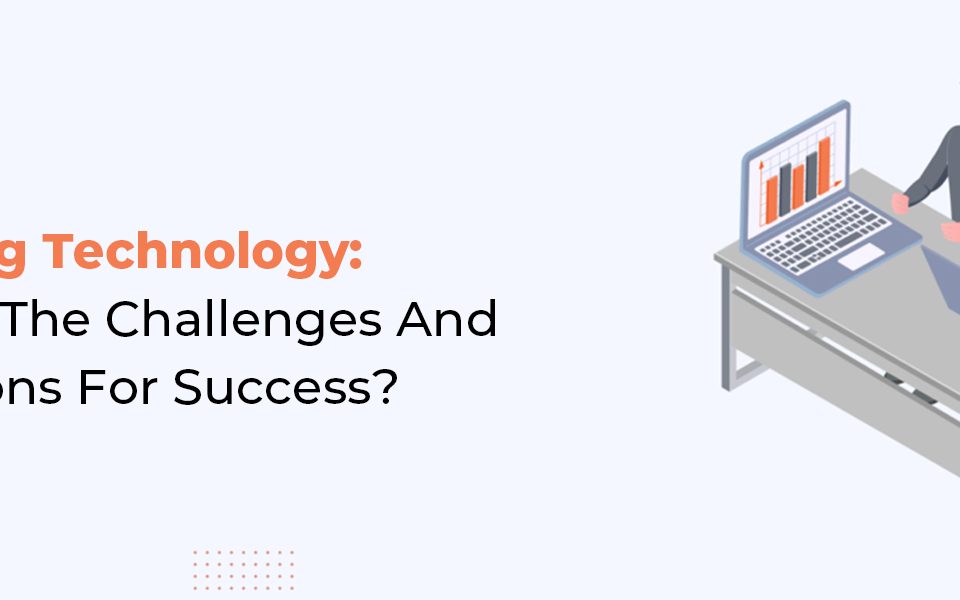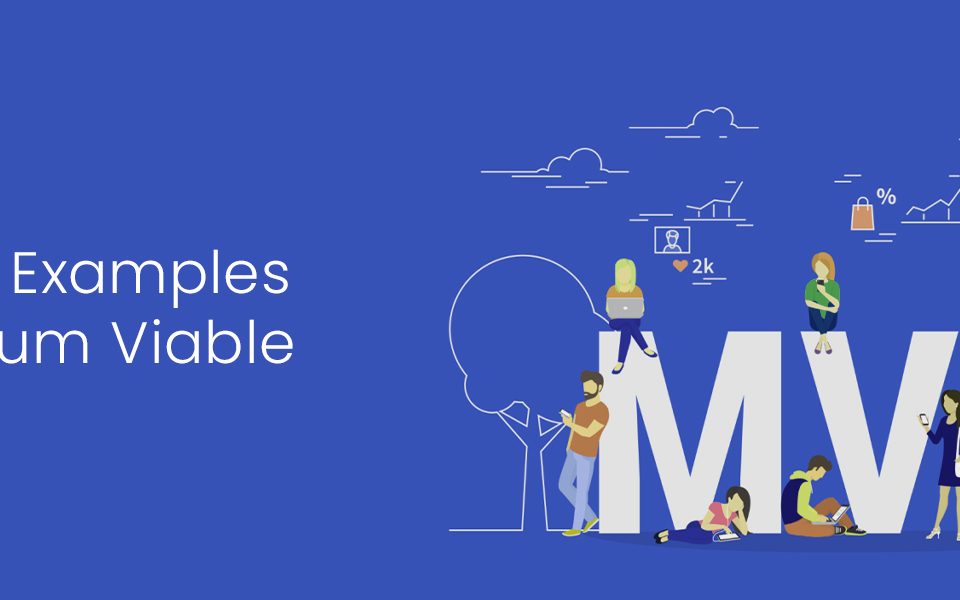
Business is consistently gassed-up. Their application lifestyle and fast app development become necessary to modern IT framework; these transformations are distracting the mindset we have regarding IT contribution. In prior, operations and development have been assessed by the efforts team is making to put forward a particular project. The more successful codes or hours you bake into the specific project, the more successful your work seems. But due to the rapid transformation in the IT industry, the assessment criteria have been changed. One of the major shifts has been observed in 2022 is from project to Product-Based Development
One of the basic differences between the latest tech company and a conventional, big corporation is that tech company especially work on products and enterprises work on projects. There is a direct connection in how organizations are making sure in the age of software vs. the companies that strictly depend on what they focus on and manage.
But do you think that progressive frameworks such as agile development endure this kind of mentality? This question has snapped back multiple times for a few years. If the objective of modern development frameworks is to boost collaboration and accelerate responsibility, does it seem to standardize success depending on individual contributions? Well again, the success of an app development app metrics that evaluate individual efficiency and time contribution? Or should it be measured with the value of the end project?
While proficiency shifts the app cycle left, companies are supposed to adjust the mentality of managing their culture to base success rate on value, not projects. In 2022, we have observed thousands of companies evolve their culture and outlook surrounding the software development life cycle. In this company, you will walk through the difference between project and product-based development, and what are the benefits of product-based development. Let’s dive into the discussion of the main subject:
Project Vs. Product

Carmen DeArdo, former DevOps tech director at Nationwide Insurance said, “There are both business products and IT products. A product is simply something that has a customer base that it delivers value to.” [InfoQ]
Indeed, it is essential to discuss the project vs. product-based development impact IT managers, who are the key roles to bring the new mentality. We need to have a clear understanding of the difference between products and projects in terms of app development life cycle.
A product is something that is made to satisfy a market or business need. So advanced automated security software is the product. One of the prime dissimilarities between project vs. product-based development is that it appears in the life cycle. From inauguration to market introductions to consistent updates, products normally last until customers no longer have the requirement for the solution.
A project is a chronological process that is carried out to create a product that is software. So rather than viewing it from the lens of semi permanence, projects are objectively set to a time frame to accomplish.
At first glance, you may consider products as the spawn of projects. That is entirely true, so, what does it mean to restructure your dev life cycle to product-centric rather than the project focus if projects developed product?
Project Vs. Product-Based Design
Now at this step, you are aware of what a product and project are, let’s talk about them in terms of the software development lifecycle.
Project-based development includes thinking of the operation and development of an app as temporary. Workers are typically evaluated by the effort they put forward to complete any particular project and each project could use unique processes, temporary workers, and hyper-specific strategies. That means the projects are frequently ad-hoc.
Whereas product-based development is considered a more permanent way of thinking regarding applicants. So, employees are judged on their contributions instead of their metrics. This means that product development can be viewed as a balancing mindset to agile frameworks. Referring to product-based development, apps are considered from a perspective of entire life cycle development as opposed to temporary app pipelines.
Project-Based Development Management

Project-oriented management associates with a particular goal to make a product that is predefined with a transparent end date. A project approach is mainly governed and driven by the ‘iron Triangle’: a model that finds out that the quality of work is constrained by the scope, time, and cost of the project, irrespective of the value being delivered. The victorious project delivers on budget and on time without paying attention to results. In other words: a project approach is not concentrated on whether the correct thing is being delivered, as long as it’s timely, does what was demanded in the requirement document, and is not exceeding the budget.
Product-Based Development Management

A product-oriented approach is associated with long-lasting teams that are controlled around a sole product or product family. In this mock-up, an enthusiastic team delivers rewarded enhancements to the product in short cycles. Short cycles are as little as plenty of times a day, a couple of week sprints, or a release cycle of numerous sprints.
In a product-oriented model, the objective and the main driver is to deliver value to your customer. This model enables product teams and companies as a whole to respond and be nimble to market demands or user expectations, transferring concentration whenever required arises due to the goal is always valuable and not just a finished project that is on time, meets the list of inflexible & static requirement and within budget defined in an ever-evolving marketplace.
Before being more delayed, let’s dive into the discussion of 7 key differences between a project and product-based development approach and how these are dissimilar to delivering the value to the customers.
1. Risk
In this perspective, the risk is referred to as being certain that you are providing the correct value and that it can fulfill the customer’s needs. The management of risk is the major difference between these two approaches.
A project-oriented approach is very inflexible, everything in regards to managing the ‘iron Triangle’ and providing a defined result is decided upfront, within budget, and on time. Projects are very rigid to evolve which is the major drawback in an age where market and technology expectations update so rapidly and importantly. Something decided a few months ago may no longer be considered valid when the project is delivered but the scope is an important pillar of the ‘Iron Triangle’ and unlikely to possibly be opened. And if something is recognized later on that should be involved due to the potential value it provides to its customers, it’s not accepted because of being out of scope.
A product-based development approach is customized to mitigate and perfectly, completely remove risk in this context. Detailed and effective feedback loops are back in to make sure the utmost value is being delivered to the customer. As you are delivering incrementally and regularly, you have the opportunity to execute the rapid learning cycles to consistently validate that you are constructing the appropriate thing. It is much simpler to pivot to other preferences if new opportunities come up; your opportunity to pivot is never over a couple of weeks spring away.
2. Time Frames
The time frames of these two approaches are also distinguished. Projects are finite and they have decided the start and end date and must have one and done.
A product-oriented model, on the other hand, is connected to the natural product lifecycle, you are never done until the product reaches its end of life. Resources between the two approaches are also very different. Projects are finite; they have a defined start and end date and are essentially one and done.
A product-based development model, on the other hand, is tied to the natural product lifecycle—you are never done until the product reaches its end of life. Resources are also elastic to fulfill the demands of the product lifecycle and your backlog of items has much less time horizon to consider. The product-oriented approach helps you to manage the ongoing health and maintenance of the product.
A huge project however can be long-lasting for two years. On the other hand, a normal product backlog in a product model normally has a time horizon of over a few months.
3. Teams
One of the huge differences between a project and product-based development culture is the teams allocated to perform the work.
Products consist of a group of strangers coming combined. They are required to ramp up time which appears with an overhead in cost for that. In a project-based development, work is also brought to the teams. Persons can frequently be assigned to various projects at once and seek to be concentrated on the successful delivery of a project rather than the delivery of value to the client.
When it comes to the product-oriented mode, teams contribute to the success of their products. According to a recent Gartner study, 69% of developers working under a product-oriented policy ranked enhancing the customer experience as a critical and high priority. The rate of feeling the same as the project environment is around 39%.
Simply put: keep in mind that you are going to have better results from a team that is amazingly invested in what they are establishing.
4. Prioritization
In the project-based development process, prioritizations are considered yet again by the ‘Iron Triangle. Priorities in the project management depend on these mentioned three questions such as, is it within budget? If the project developed according to the requirements required in the document? Is it delivered on time?
When it comes to the product-based development approach, prioritization is a roadmap that is assumption-based and concentrated on the delivery of value. You are consistently reprioritizing to attempt and deliver the utmost value to your customers in the smallest shortest amount of time. Due to the delivery reward, you are also continuing feeding and learning those learning back into the schedule of prioritization.
5. Budgeting
Frequently, budgeting can be a sole, enormous obstacle to moving from the project to the product model. A project is managed and scoped based on a very finite budget and several milestones. It’s a control and command structure that expires and impedes agility.
In a product-based development approach, a team is gathered that functions consistently deliver value with not much in the way of explained deliverables or milestones. The budget is mainly the cost of the working people that make up the team. Additionally to some overhead of the equipment in use. It is eternally funded, providing it the independence to make the appropriate decision with the most information.
Various portfolio managers have loads of difficulty with this methodology. A refusal to switch to the product funding model is one of the huge roadblocks at the time of trying to launch a smooth agile conversion beyond IT.
6. Success
The major and fundamental differences have been eluded in how success is investigated based on a couple of approaches.
The key of a project is explained according to its proficiency to deliver to the ‘Iron Triangle’: providing what was explained in the form, staying within budget, and being on time are the most significant metrics. The value it provides to the customer is negligible, with time you can investigate if the project perfectly delivered value to your client, the team has to move on and your project has concluded.
Product-based development is all about the value it provides to both the business and the customer. It prefers the profit-centered approach and is measured on business goals like enhanced revenue, increased adoption, and entirely productivity gains.
7. Visibility And Alignment
In a project-based development approach, you can have some visibility for how a project is doing in contrast to time and budget, but you do not receive feedback regularly on how the product is going to affect the business.
Well, product-based development is connected to business objectives; there is a very superior degree of visibility. The difference between a product and a project facilitates explaining how tech organizations can deliver instantly that are a good market fit.
For organizations that want to prefer delivering value to their clients and leaving the competition in the time of software and a digital-first experience, product-based development is the most formidable and compelling approach.
For more information regarding how we can facilitate product-oriented models or digital transformation via powerful process analysis expertise that allows you to deliver value and product faster.
Read more: SDLC Design Phase Is More Important Than You Think



